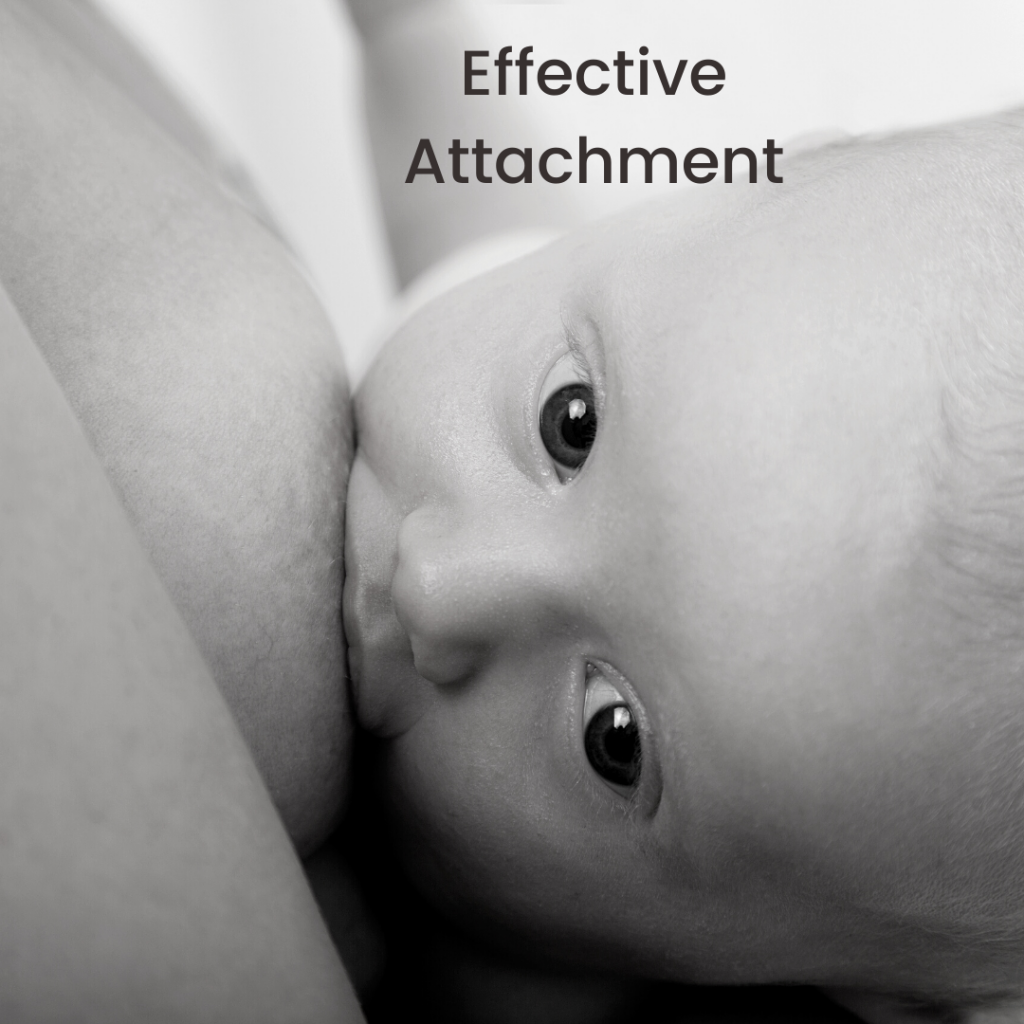
Are you feeling concerned about baby’s latch onto the breast?
Did you know…many breastfeeding challenges can be overcome with tweaks to positioning & attachment.
So what is positioning & attachment?
Positioning – how a baby is held in arms/sling/lying down
Attachment – how a baby takes the breast into their mouth
With effective latch, there is no pain or discomfort for you or baby, and baby has optimum milk transfer.
This can look slightly different for everyone. Each baby learns differently and their oral capabilities and anatomy can differ. Just like anything new, parents and babies need to learn what to do, and it’s ok for that to take a little while. In those early days, you will both be learning what works best for you.
What is important is that the latch allows for effective milk transfer and is comfortable for both of you.
So here are some tips…
– Have baby nice and close to your body. Space/objects (even a little arm) between you can make it harder for baby to get enough breast tissue into their mouth
– Check that baby’s head and body are in a straight line.
– Keep baby’s head free. You could support baby’s neck instead of their head. This allows them to tilt their head without any restriction
– Bring baby’s nose in line with the nipple to encourage them to tilt their head back and create a nice, wide open mouth
– Once baby’s mouth is open wide, bring them onto the breast and baby will do the rest!
– Experiment with different positions until you find ones that you and baby love!
With effective attachment, baby’s cheeks will look full, with their chin indenting your breast. Imagine that your nipple is pointing out towards the rear of the roof of baby’s mouth. That’s where the soft palate is and this will allow breastfeeding to be comfortable for you
If you’re not comfortable, or baby seems to be slipping off/clicking, you can use your little finger to gently break the latch and try again until you’re satisfied.
Healthy nappy output and weight gain are great indicators that baby is getting plenty of breastmilk during feeds.
